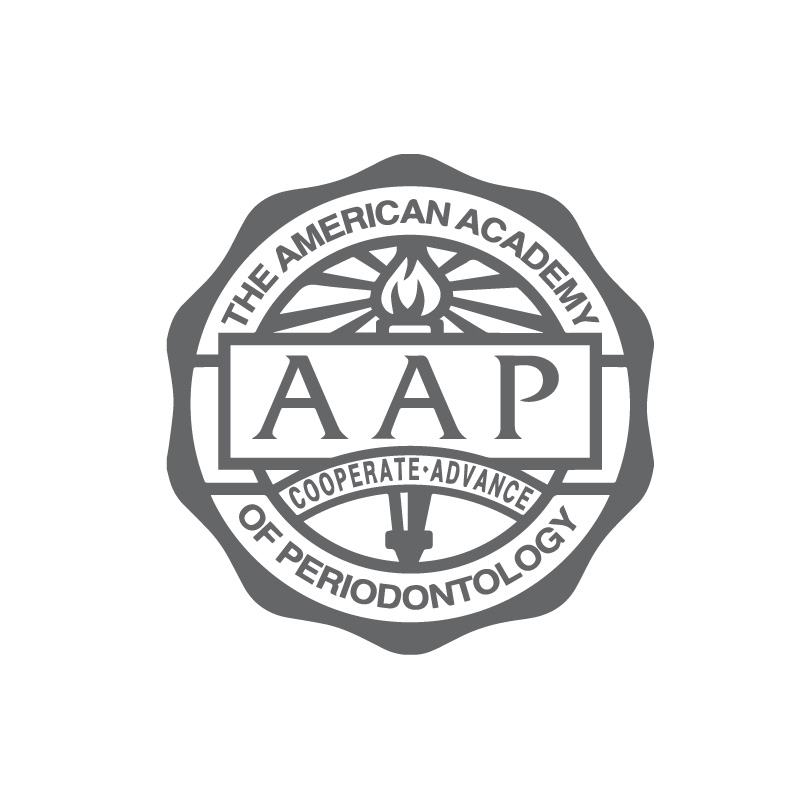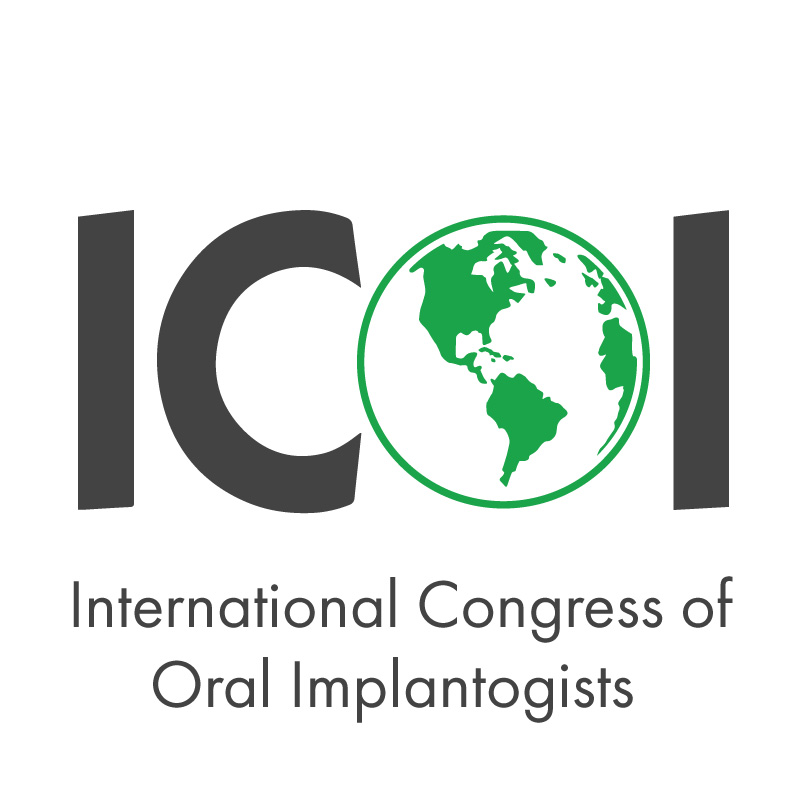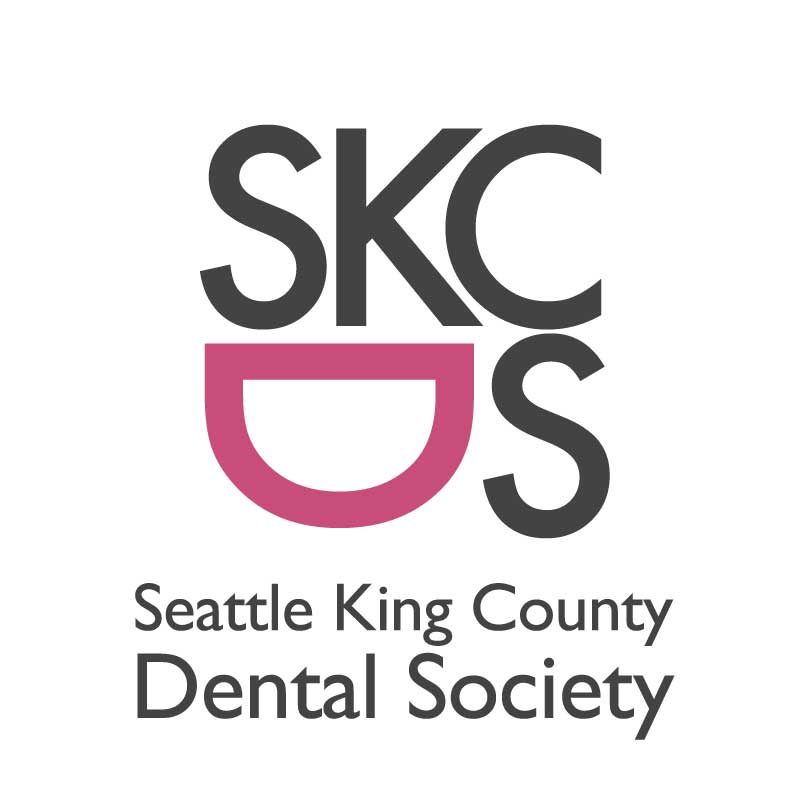Oral Hygiene
Bacteria can live in your mouth in the form of plaque, causing cavities and gingivitis, which can lead to periodontal (gum) disease. In order to keep your mouth clean, you must practice good oral hygiene every day.
What is plaque?
Plaque is a sticky layer of material containing bacteria that accumulates on teeth, including where toothbrushes can't reach. Many of the foods you eat cause the bacteria in your mouth to produce acids. Sugary foods are obvious sources of plaque, but there are others that you might not realize can cause harm. Starches—such as bread, crackers, and cereal—also cause acids to form. Plaque also produces substances that irritate the gums, making them red, sensitive, and susceptible to bleeding. This can lead to gum disease, in which gums pull away from the teeth and form pockets that fill with bacteria and pus. If the gums are not treated, the bone around the teeth can be destroyed and teeth may become loose or have to be removed.How can I get rid of plaque?
The best way to remove plaque is by brushing and cleaning between your teeth every day. Brushing removes plaque from the tooth surfaces. Brush your teeth twice per day with a soft-bristled brush. The size and shape of your toothbrush should fit your mouth and allow you to reach all areas easily. Use an antimicrobial toothpaste containing fluoride, which helps protect your teeth from decay. Clean between the teeth once a day with floss or interdental cleaners to remove plaque from between the teeth, where the toothbrush can't reach. Flossing is essential to prevent gum disease.How do I brush and floss my teeth?
The American Dental Association recommends the following techniques for brushing and flossing your teeth:BRUSHING
- Place your toothbrush at a 45-degree angle against the gums.
- Move the brush back and forth gently in short (tooth-wide) strokes.
- Brush the outer tooth surfaces, the inner tooth surfaces, and the chewing surfaces of the teeth.
- Use the tip of the brush to clean the inside surfaces of the front teeth, using a gentle up-and-down stroke.
- Brush your tongue to remove bacteria and freshen your breath.
FLOSSING
- Break off about 18 inches of floss and wind it around the middle fingers of each hand. Hold the floss tightly between your thumbs and forefingers.
- Guide the floss between your teeth using a gentle rubbing motion.
- When the floss reaches the gum line, curve it into a C shape against one tooth. Gently slide it into the space between the gum and the tooth.
- Bring the floss back toward the contact point between the teeth and move the floss up or down the other side, conforming the floss to the shape of the tooth.
- Hold the floss tightly against the tooth. Gently rub the side of the tooth, moving the floss away from the gum with up-and-down motions.
- Repeat this method on the rest of your teeth.
Is there anything else I can use to clean my mouth?
A mouth rinse, in addition to daily brushing and flossing, can increase the cleanliness of your mouth. Antimicrobial mouth rinses reduce bacteria and plaque activity, which cause gingivitis and gum disease. Fluoride mouth rinses also help reduce and prevent tooth decay. Always talk to your dentist about any new products you are interested in trying. Not everyone should use a fluoride mouth rinse. For instance, fluoride rinses are not recommended for children ages 6 or younger because they may swallow them. Always check the manufacturer's label for precautions and age recommendations and talk with your dentist about the use of fluoride mouth rinse.We'd like to talk about your smile!
Sky Ridge Periodontics & Implants
(425) 337-4734info@skyridgeperio.com
10814 19th Ave SE, Everett, WA 98208
Office Hours
Mon: 8AM - 1PMTue - Thu: 8AM - 4PM
Fri: Admin only 9AM - 1PM
Sat - Sun: Closed
Have any questions?
Our patients love us!







